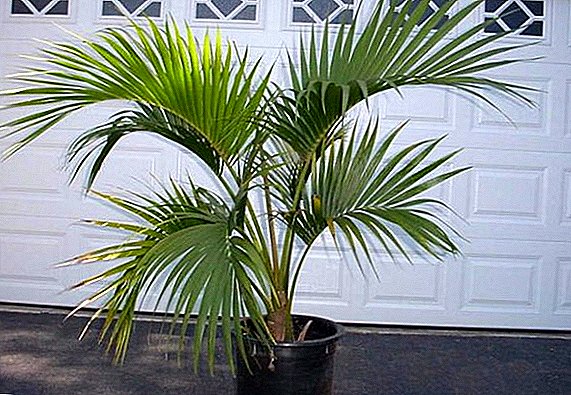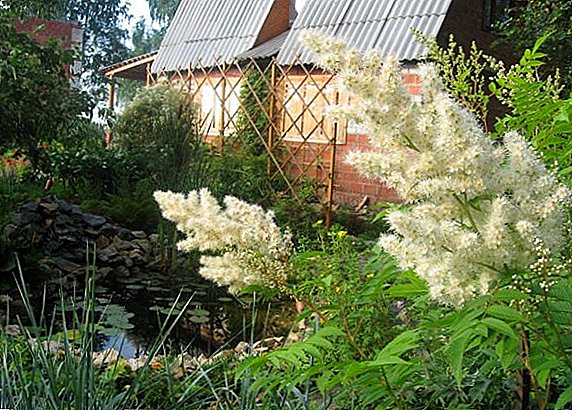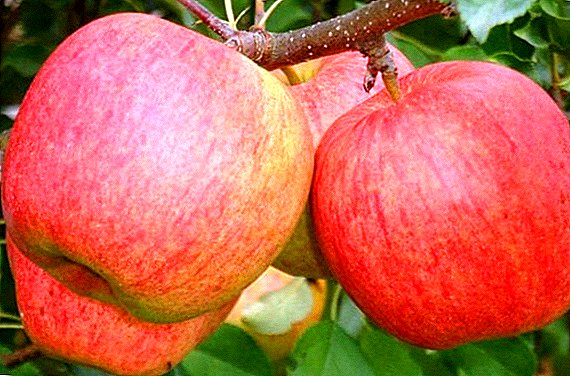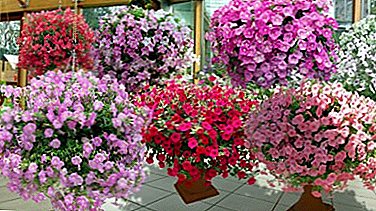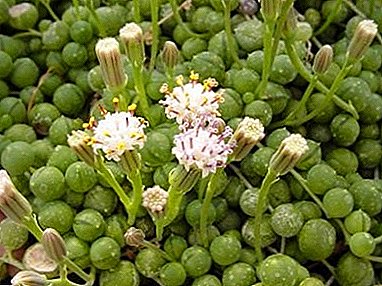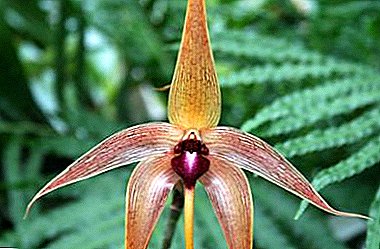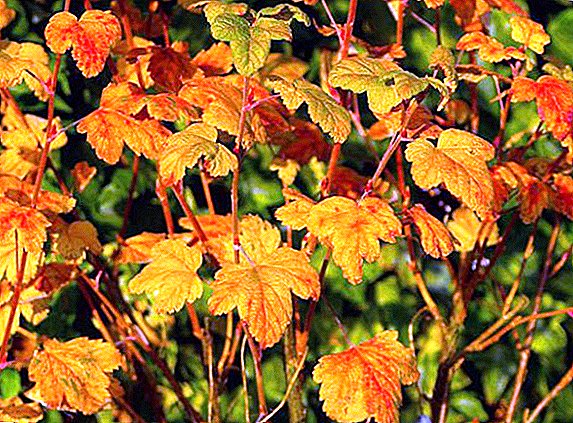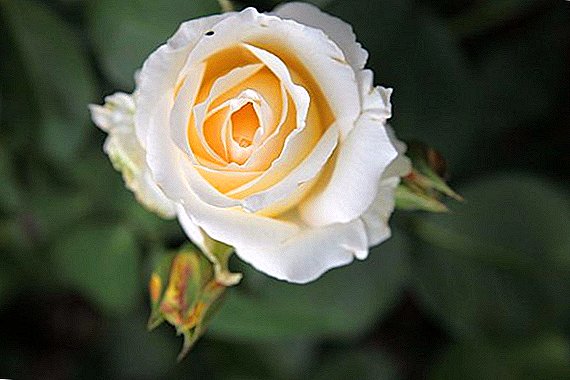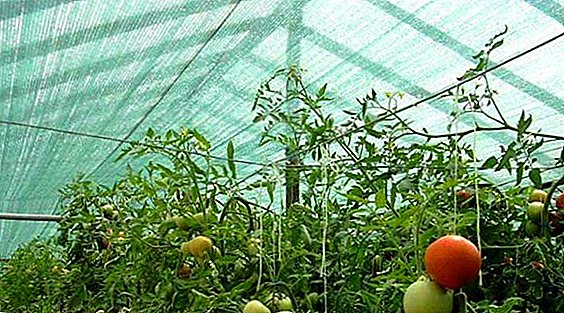 During the period of climate change, the transformation of winter into a little snow and short, and summers into scorching and arid is clearly observed. This adversely affects the future harvest. Therefore, the invention of the shading grid was an innovative breakthrough in solving the problem.
During the period of climate change, the transformation of winter into a little snow and short, and summers into scorching and arid is clearly observed. This adversely affects the future harvest. Therefore, the invention of the shading grid was an innovative breakthrough in solving the problem.
Purpose of the shading grid for the greenhouse
A large assortment of nets shading the sun's rays is produced by domestic and foreign manufacturers. They are made of synthetic yarn with the addition of foil. Mostly the grids are green, but they are white, gray, etc. The grids differ in the degree of protection from sunlight. This indicator depends on the size of the cell. The larger it is, the less the mesh protects the plant.
The rate of solar blackout grids ranges from 45% to 90%. The synthetic material from which they are made is resistant to external influences and ultraviolet radiation. The principle of the grid is to reflect part of the sunlight and scatter the remaining radiation with a decrease in heat exposure. This creates favorable conditions for the development of plants.
The main types of shading nets
Shading grids are distinguished by the degree of shading, by color, by application. For example, for growing tomatoes, cucumbers, other plants, for greenhouses and sheds, for shading a fence.
Important! The ability to disperse the sun grid light leads to uniform illumination over the entire area of the greenhouse. This allows you to achieve ripening crop at once on all plants in the greenhouse.
Classification by application of shading grid
The shading grid can be used for various purposes. For example, to create protection from prying eyes of annoying neighbors, it is used to create a fence. Any mesh density is suitable for this, but high is preferred. She looks great in a duet with a grid as a sabbath. Fastening is best done with plastic clamps to the elements of the main fence. The grid shading for greenhouses can also cover arbors and canopies, scaffolding and facades of buildings. She will allow to hide from insects in summer days.  There are various types of grids used for shading in crop production, which can be classified as shading grids for tomatoes, cucumbers, etc. The grid for cucumbers has a shading degree of 45%, for tomatoes -60%. More dense types of grids can be used for masking. For greenhouses using different grids, based on the cultivated plants and method of installation. 45% is suitable for intraclastic shading, and 70-80% is suitable for outdoor.
There are various types of grids used for shading in crop production, which can be classified as shading grids for tomatoes, cucumbers, etc. The grid for cucumbers has a shading degree of 45%, for tomatoes -60%. More dense types of grids can be used for masking. For greenhouses using different grids, based on the cultivated plants and method of installation. 45% is suitable for intraclastic shading, and 70-80% is suitable for outdoor.
The main types of shading density grids
Considering the climatic conditions and the characteristics of the cultivated plants, it is necessary to choose a shading net for the garden, on the basis of its density.
According to the degree of shading of the grid are distinguished:
- 45% - intended for light-loving crops;
- 60% - intended for shading from extreme heat. Used in growing lettuce, greens, tomatoes, eggplant, cabbage;
- 70% - intended for outdoor shelter of greenhouses;
- 80% - designed for fences, fences. Creates a good shade for car shelter;
- 90% - is not used for plants, because it practically does not transmit light. Used for gazebos.
Did you know? The largest greenhouse is in the UK. This is a complex consisting of two buildings with tropical and Mediterranean plants. It has the appearance of inflatable domes. Their construction is made of tubular steel and thermoplastic and has no internal supports.
How are the greenhouse nets divided by color?
New technologies that help regulate the ripening process and improve yields include the use of blackout nets that can change the spectrum of plant lighting. Depending on the color of the mesh, it is possible to speed up or delay maturation by 10-15 days. Also, scientists have found that by acting on various light waves, it is possible to regulate the main functions of the plant life cycle.
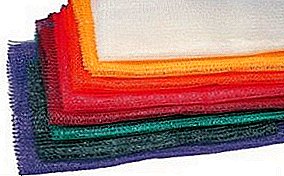 Previously controlled the amount of illumination of plants, depending on their characteristics, and now is the control of the wavelength of light and its impact on plant growth.
Previously controlled the amount of illumination of plants, depending on their characteristics, and now is the control of the wavelength of light and its impact on plant growth.
For example, red can accelerate, and blue, gray, or black can delay the flowering and ripening process.
Also, the color of the mesh affects different cultures in different ways. For example, for salad it is necessary to use nets of blue or gray. They contribute to the process of increasing green mass. For apple and peach orchards, a red mesh is better suited. Beneath it the fruits will be bigger and sweeter.
In order to achieve higher yields in greenhouses, thermal control and the provision of optimal lighting are necessary. To achieve these goals, manufacturers offer thermal screens that raise the temperature of plants at night and prevent its rise on hot days. With their help, photosynthesis is improved by increasing the amount of diffused light. These are gray shading grids.
 Covering greenhouses with such nets, you protect crops from wind and frost, hail and sun, as well as reduce water consumption for irrigation and the amount of fertilizer.
Covering greenhouses with such nets, you protect crops from wind and frost, hail and sun, as well as reduce water consumption for irrigation and the amount of fertilizer.
This type of shading nets for greenhouses has a shading percentage of 69-72%, the conductivity of diffused light is 44% and is durable in use in different climatic conditions.
Consider what function grids perform for shading plants of different colors.
- Red - contributes to enhanced growth of the upper part of the plant, increases yield, accelerates flowering and ripening processes, increases the size of fruits. If we compare the total growth of a single plant under grids of various colors, then the plant under the red grid will be taller.
- Blue - has a retarding effect on the growth of plants, thus regulating the maturation of the crop according to the needs of the market. Dill, lettuce, parsley, greens contribute to the growth of green mass.
- Gray - contributes to a small branching of the central branch of the plant, increases the area of the leaf surface, protects against frost.
- Pearl - positively affects the development of the plant, increasing the growth rate, the development of additional branches and the size of the fruit.
How to choose a shading grid for greenhouses
Based on a large range of shading nets, we will consider how to choose the right one. For a pritenyayuschaya grid to properly perform its function, it is necessary to select it based on the directions of its classification. The grid can be used both in large greenhouses and in small ones with any type of coating. It is valuable that at night temperature differences it retains up to 15-20% of heat. This is due to the reflection of heat fluxes. To lower the temperature in the greenhouse, it is necessary to use a complex shading grid with equipment for artificial fog and internal ventilation.
Important! Manufacturers guarantee the use of shading grid for three seasons. In order for the grid to last a long time, it must be removed after harvesting and stored in the utility room.
Installation of grid for greenhouses
Before you tighten the shading grid, you need to decide what method of ditching will be carried out, what materials and in what quantity should be purchased. To attach the sun protection net for plants, supports and clips are necessary. The mesh is very light, so a small number of people can handle it. In addition, holes for tension fasteners are located along the edge of the mesh. In the absence of fasteners, they can be replaced with wire or thread.  The mesh has great strength, so breaking it is not easy. If you still have this situation, then worry about breaking further along the length is not worth it. When mounting it is necessary to fix the supports well, since they can damage the plants when they fall. The shade net for greenhouses is so light that it cannot harm them when falling on plants.
The mesh has great strength, so breaking it is not easy. If you still have this situation, then worry about breaking further along the length is not worth it. When mounting it is necessary to fix the supports well, since they can damage the plants when they fall. The shade net for greenhouses is so light that it cannot harm them when falling on plants.
Wooden or metal structures can be used as supports. Due to its structure, the grid does not inflate and does not disrupt the wind, so it can be mounted in a greenhouse with an opening top. On hot days, the temperature difference under the net and outside is 15 degrees. In addition, it allows water to pass through and protects the crop from wind and hail.
Did you know? There are trellis nets. They allow you to save the area of sowing cucumbers. Plants grow up, clinging to the net with antennae. Cucumbers get more light, air and heat, less amenable to fungal diseases. When using such a grid, harvest is a pleasure to harvest.
Features of the use of shading grid in the greenhouse
The grid for shading is effectively used in greenhouses to control the temperature in the structure and protect the plants from the harmful effects of the scorching sun and frosts. It creates an ideal microclimate in the greenhouse, which contributes to the favorable development of seedlings. Scientists have shown that the use of the grid when growing tomatoes increases the yield by 20%. It is used both inside the greenhouse and covered outside. If the greenhouse is covered with a film, the net will protect it from wind breakage and hail destruction. If the greenhouse is large, it is advisable to use automatic shading control.
A wide range of nets and their low cost lead to their mass use for growing plants. They will not have to be convinced of their effectiveness and expediency of use for a long time.


